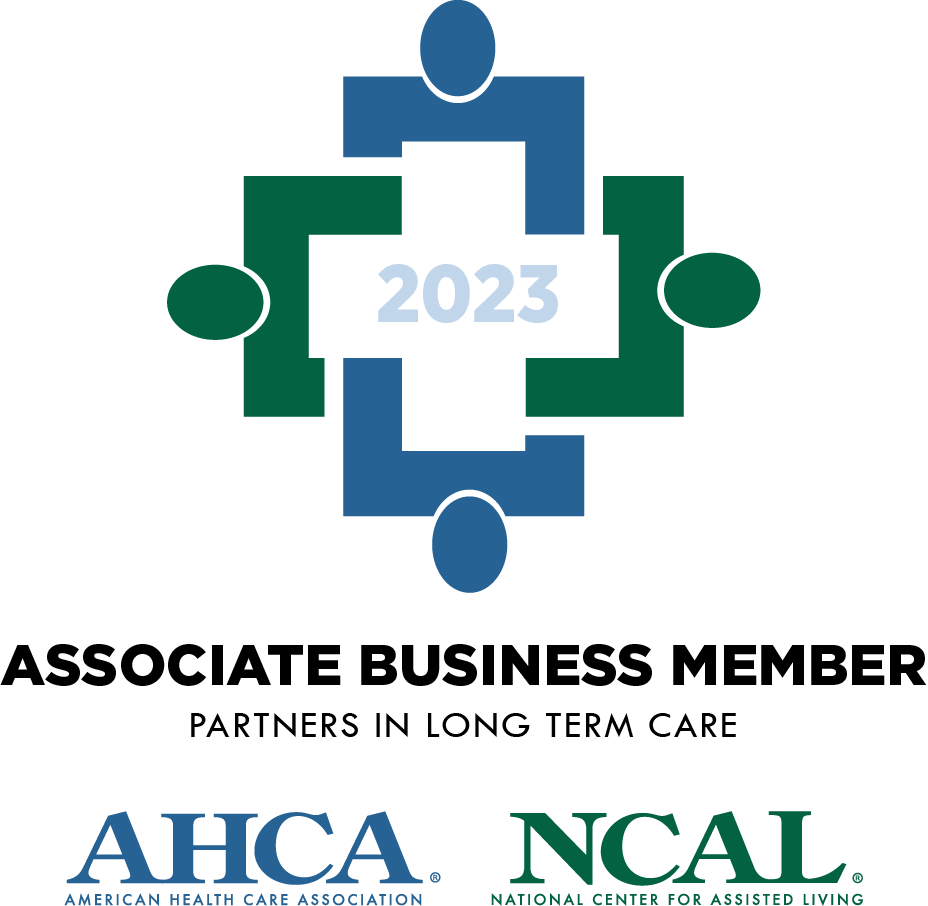[This article is Part 3 of a 7 Part Series on Compliance Programs for SNFs, for the rest of the articles in the series, go HERE]
We’ve covered the first three elements of developing a compliance plan:
- Corporate compliance officer/designee
- Compliance policy and procedures
- Developing effective lines of communication
Now on to my favorite: training and education.
In 2004, I entered into a corporate integrity agreement with the OIG (more on that later). Requirements included developing an exhaustive training and tracking system for over 800 employees across 600 miles. And I’m not exaggerating when I say exhaustive! I like to say I ‘made lemonade from lemons’; based on these requirements, we developed an online platform for e-learning that eventually went to market and became the core learning mechanism for many LTC employees.
Why am I telling you this? So you know I UNDERSTAND training and feel your pain.
The fourth element of a corporate compliance program is training and education. This includes training of the board of directors, corporate staff, and facility staff – basically staff at all levels within the organization. According to the OIG recommendations, compliance training must include sessions summarizing the organization’s compliance program, fraud and abuse, and Federal healthcare program and private payor requirements.
As far as specific training, you wanT to be sure it is relevant to the job description. For example, employees who work in admissions must learn about reimbursement coverage and eligibility requirements. Other topics, including HIPAA/privacy, sexual harassment, discrimination, and marketing practices fall under the purview of the compliance department.
Who creates the training calendar? Compliance training should complement the facility’s in-service training schedule. The compliance committee – under the direction of the corporate compliance officer – should make specific recommendations based on their findings. The committee should look at facility trends and patterns using dashboards, data analysis, complaint surveys, hotline calls, etc., and develop targeted training based on those findings.
There’s more than one way to do training – the important part is that it’s meaningful, relevant, and based on the employee’s skill level. Of course we have certain mandatory training that is a “must” but how do we make it relevant? As I mentioned, I planned online training that was developed by subject matter experts and tracked easily. That, combined with competency checks and more traditional classroom training, rounded out our program.
Some points to remember based on the OIG recommendations:
- Train new hires soon after starting work
- Provide training for temporary employees before assigning them to resident care
- Take language and cultural diversity into account when developing training
- Assess the success of training programs with post-tests
- Make training programs a condition of continued employment
- Retain adequate records, including attendance logs and materials distributed
- Provide vendors and outside contractors the opportunity to participate in the compliance and training programs – particularly agency staff that provide temporary direct care
- Have knowledgeable staff available to answer questions and provide discussion if video-based or online training is used
The number one complaint I hear from conducting exit interviews with staff is, “I wasn’t properly trained.” Use your compliance team to help you develop an effective, meaningful program and make the OIG proud!
Ask yourself:
- Is there an effective way to track and trend data at the facility to determine areas where training may be necessary?
- Is there a mechanism to ensure all staff, including agency staff, are trained and records are maintained?
- Is there specialized training for certain positions, such as those responsible for billing, coding, and submitting reimbursement data?
- Is training appropriate for staff levels and available in other languages?
Next up: enforcement and discipline.






